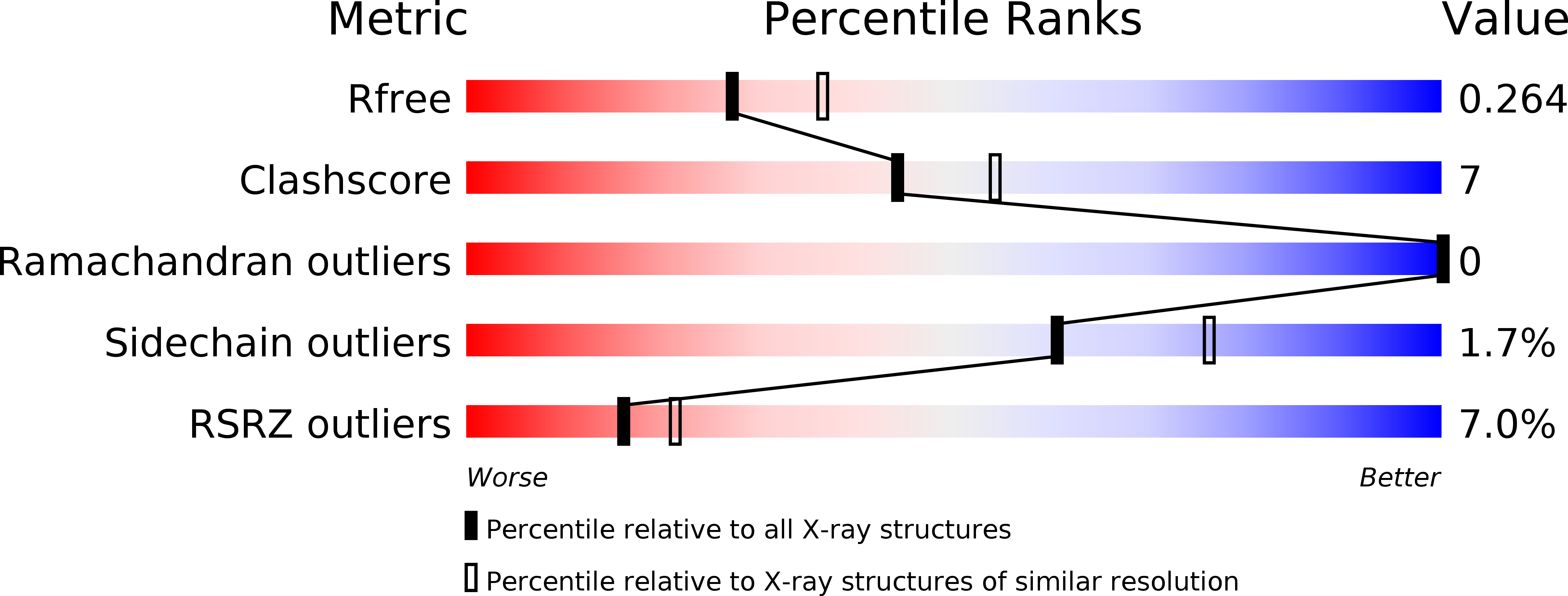
Deposition Date
2017-03-20
Release Date
2017-04-12
Last Version Date
2024-03-06
Entry Detail
Biological Source:
Source Organism:
Streptomyces actuosus (Taxon ID: 1885)
Host Organism:
Method Details:
Experimental Method:
Resolution:
2.30 Å
R-Value Free:
0.26
R-Value Work:
0.21
R-Value Observed:
0.22
Space Group:
P 31 2 1


